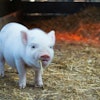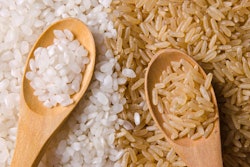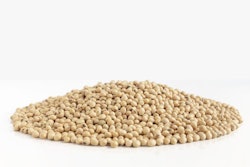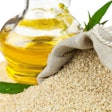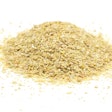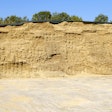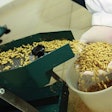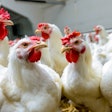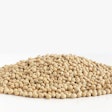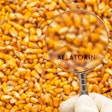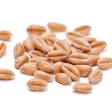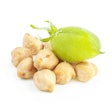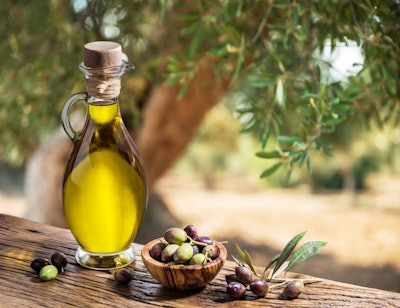
The taste of broiler meat from birds fed olive oil byproduct appeals to many consumers
Olive oil is prized in many cuisines for its culinary and health attributes. Thus, olive orchards are found all over the world, from California to China and everywhere else in between where such a valued tree can grow. Nevertheless, when olive oil is cold pressed for extraction, what remains is olive cake that can be subsequently ground to large chunks for ruminant feeding or converted into a meal for poultry feeding. The latter is the topic of this discussion as olive oil byproduct feeding to broilers is gaining momentum beyond a niche market approach.
There are two reasons why “olive”-fed broilers are being marketed and sold at a premium. First, the residual olive cake meal has a substantial level of remaining olive oil. This oil is then transferred into poultry fat, giving it part of the health benefits of pure olive oil. In addition, as those who have tasted meat from olive-fed animals can attest, the taste of the cooked meat is superior or, better put, different to normal broilers and this different taste certainly appeals to an eclectic clientele.
According to Feedipedia, olive oil cake contains on an as-is basis about 14% oil, 9% crude protein and 43% crude fiber. The latter is largely lignins, due the presence of olive stones. De-stoning can reduce crude fiber dramatically, and thus increase usage in broiler feeds, but traditional olive refineries rarely go through such trouble, unless of course there is sufficient demand for de-stoning the olive cake (the process is undertaken after oil extraction).
Normal olive cake meal (with stones) can be included in broiler feeds of any age based on dietary crude fiber concentration. Adding 10% in a complete feed would provide 4.3% units to the total crude fiber, and after adding what comes from other materials such as cereals and proteins, the feed would be most likely unacceptable under modern norms. A more reasonable approach would be to limit olive cake meal to 5% (giving 2.15% units of crude fiber) which, along with a similar contribution from other raw materials approaches the maximum dietary crude fiber dietary specification used by most nutritionists. The question then becomes whether that 5% olive cake meal is enough to alter the lipid profile of broiler carcass fat. The answer is probably not, as the total olive oil in the feed would be only 0.7%, which is well below the average level of 4% or above, according to bird age.
In contrast, de-stoned olive cake, commonly referred as olive pulp, contains much more oil and substantially less fiber. This product is used today in creating olive-fed broilers with a different carcass fat profile. Here, it should be noticed that if olive oil crushers undergo the trouble of de-stoning the cake, then they might as well press the pulp once more to extract a bit more olive oil. This is called de-stoned and de-fatted olive pulp and has very little interest for the purposes discussed here. Therefore, close collaboration between the broiler grower and the olive oil crusher is needed to ensure the right product is sold and bought.
